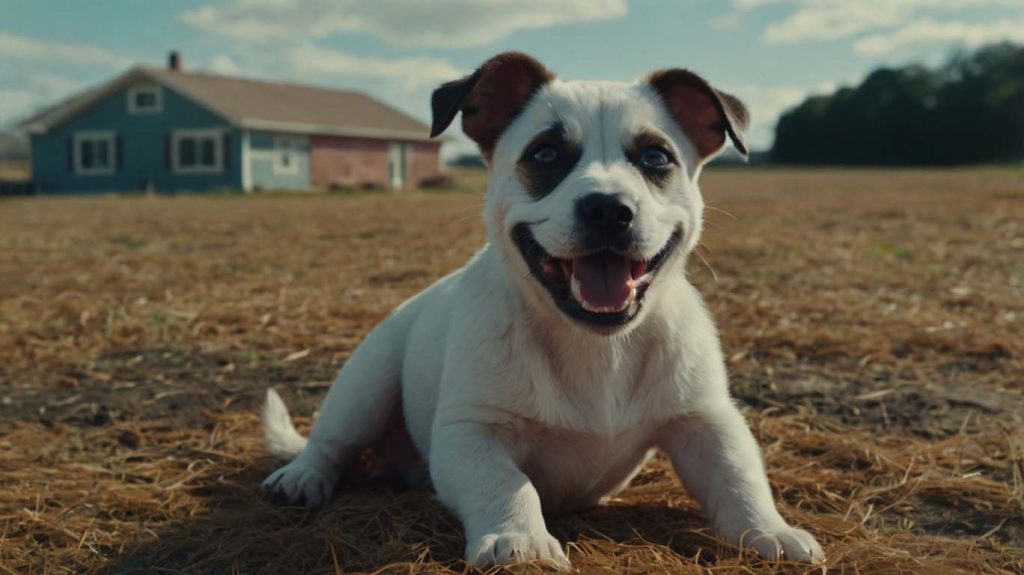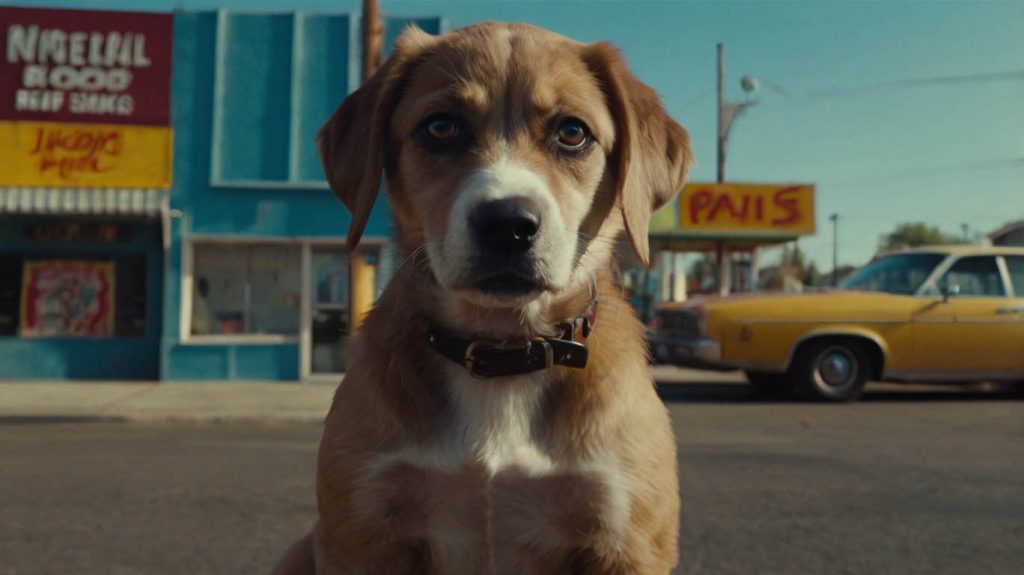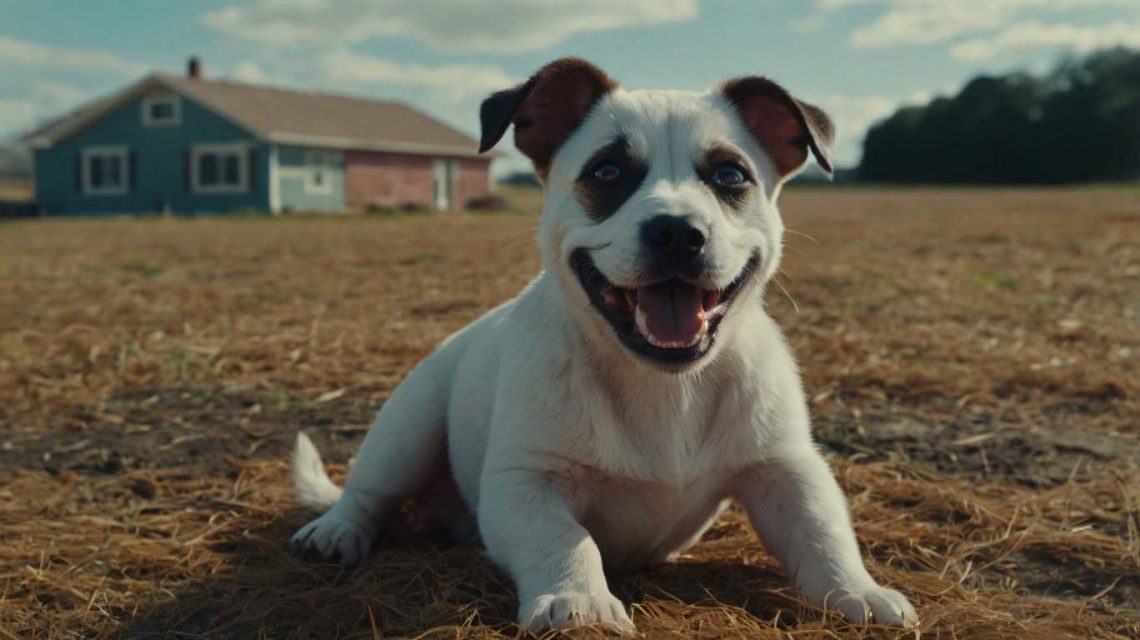Welcoming a new puppy into your home is filled with tail wags, excitement, and snuggles. But what happens when those moments are overshadowed by trembling paws, constant whimpering, or hiding under furniture? These behaviors might look harmless, but they’re often early anxious puppy signs — and they deserve your full attention.
Anxiety doesn’t only affect adult dogs. Puppies, too, are prone to fear and stress, especially during their critical developmental stages. The good news? When caught early, anxiety can be managed and even prevented from becoming a long-term issue.
Let’s begin with a relatable story that underscores the importance of recognizing these signs from the very beginning.
Story: How Cooper’s Anxiety Almost Went Unnoticed
Cooper, a 10-week-old Labrador puppy, seemed shy from day one. He flinched at sudden movements, avoided strangers, and rarely explored on walks. His owners, Sarah and Mike, thought he was simply “quiet.” But as weeks passed, Cooper’s behaviors intensified. He whined when left alone, refused to play with other dogs, and even growled at new sounds.
After consulting a vet and a trainer, they discovered these were clear anxious puppy signs. With consistent socialization, structured routines, and gentle confidence-building games, Cooper began to blossom.
By the age of six months, he was chasing balls in the park and greeting neighbors with a wagging tail. His story reminds us that early intervention makes a world of difference.

Why Recognizing Anxious Puppy Signs Is Essential
Just like human children, puppies absorb the world rapidly—and not all of it feels safe. If anxiety isn’t addressed early, it can evolve into lifelong behavioral challenges.
Dangers of Ignoring Anxious Puppy Signs
- Increased risk of aggression or fear-based reactions
- Compromised social development
- Higher chances of developing separation anxiety
- Poor adaptability to new environments
- Weakened human-pet trust
Fortunately, identifying these signs early gives you a chance to guide your puppy toward emotional stability.
Common Anxious Puppy Signs Every Owner Should Watch
Not all anxiety looks like panic. Sometimes it shows up in subtle ways. Here are the most common anxious puppy signs to look for:
Excessive Whining or Barking
While vocalizing is normal, a puppy that constantly whines or barks—especially in unfamiliar situations—is expressing discomfort.
Tip:
Watch for patterns. Does the whining happen when you leave the room or introduce something new?
Tail Tucking and Body Tension
A tucked tail, lowered body posture, or flattened ears indicate your puppy is feeling insecure or threatened.
Tip:
Avoid forcing interaction. Instead, offer a treat when your puppy voluntarily explores or makes eye contact.
Avoidance Behavior
Anxious puppies may avoid eye contact, refuse to approach people or dogs, or hide in small spaces.
Tip:
Let your puppy approach at their own pace. Use calm encouragement and rewarding gestures.
Excessive Panting Without Heat or Activity
Panting is normal after play, but if your puppy is panting heavily at rest, anxiety may be the root cause.
Tip:
Create a quiet, calm environment with familiar scents and soft sounds.
Destructive Chewing or Digging
Sometimes anxiety leads to outlet behaviors like chewing furniture, shoes, or digging into carpets.
Tip:
Redirect with appropriate chew toys and provide mental stimulation throughout the day.
House Soiling After Potty Training Starts
Regression in potty behavior can be a sign your puppy feels overwhelmed or unsafe.
Tip:
Don’t punish. Revisit basic potty training with a consistent routine and positive reinforcement.

What Causes These Anxious Puppy Signs?
Understanding why your puppy is showing anxiety helps you respond appropriately. While some causes are environmental, others are developmental or genetic.
Key Triggers of Anxiety in Puppies
- Separation from littermates too early
- Lack of early socialization
- Unpredictable environments
- Loud noises or sudden changes
- New people, pets, or places
- Past trauma (especially for rescues)
Knowing the “why” behind the signs helps you create a tailored plan for calm and growth.
How to Help When You See Anxious Puppy Signs
Now that you can spot the signs, here’s how to support your puppy in building resilience and confidence.
Establish a Consistent Routine
Puppies feel secure when life is predictable. Feed, walk, train, and rest at consistent times each day.
- Morning: Potty and a short walk
- Midday: Training and play
- Evening: Gentle exercise and quiet time
This structure helps minimize uncertainty and builds trust.
Socialize Gradually and Positively
Introduce your puppy to new people, places, and sounds slowly and carefully.
- Use treats and praise when your puppy handles new situations well
- Avoid overstimulation—quality over quantity
- Repeat positive exposures to build confidence
Socialization is one of the most effective ways to reduce future anxiety.
Create a Safe Space for Decompression
Whether it’s a crate, bed, or designated room, your puppy needs a go-to spot to retreat and recharge.
- Include familiar blankets and toys
- Keep it quiet and low-traffic
- Don’t use the space for punishment
A safe zone allows puppies to self-regulate when overstimulated.
Try Calming Aids and Techniques
In addition to behavior training, certain tools can help manage anxious puppy signs:
- Adaptil sprays or diffusers (dog-calming pheromones)
- Licking mats or frozen Kongs for stress relief
- Gentle music or white noise to reduce environmental tension
- Natural supplements (vet-approved) like L-theanine or chamomile
These tools are most effective when paired with behavioral strategies.
Real Case Study: Millie’s Confidence Makeover
Millie, a timid Cocker Spaniel pup, would shake during walks and bark at even the smallest noises. Her owner, Jessica, worked with a positive reinforcement trainer and introduced calming chews and structured play.
Within six weeks, Millie began walking calmly in public, playing with new dogs, and even greeting guests at the door. Jessica’s commitment to understanding anxious puppy signs gave Millie the chance to thrive.
FAQs About Anxious Puppy Signs
Do puppies grow out of anxiety?
Sometimes—but many need guidance. Early training and socialization reduce long-term issues.
Is whining always a sign of anxiety?
Not always. It could be attention-seeking or excitement. Watch the context and body language.
Should I comfort my anxious puppy?
Yes, but remain calm. Don’t reward fearful behavior—reward confidence and curiosity.
Are certain breeds more prone to anxiety?
Yes. Herding breeds, toy breeds, and working breeds can be more sensitive.
When should I see a vet or behaviorist?
If your puppy’s anxiety is intense, persistent, or interferes with daily life, seek professional help.
Conclusion: Recognizing Anxious Puppy Signs Builds a Calmer Future
Your puppy isn’t trying to misbehave—they’re trying to communicate. By identifying anxious puppy signs early and responding with compassion, structure, and smart strategies, you lay the foundation for a confident, happy adult dog.
Remember: early intervention isn’t just helpful—it’s essential.


